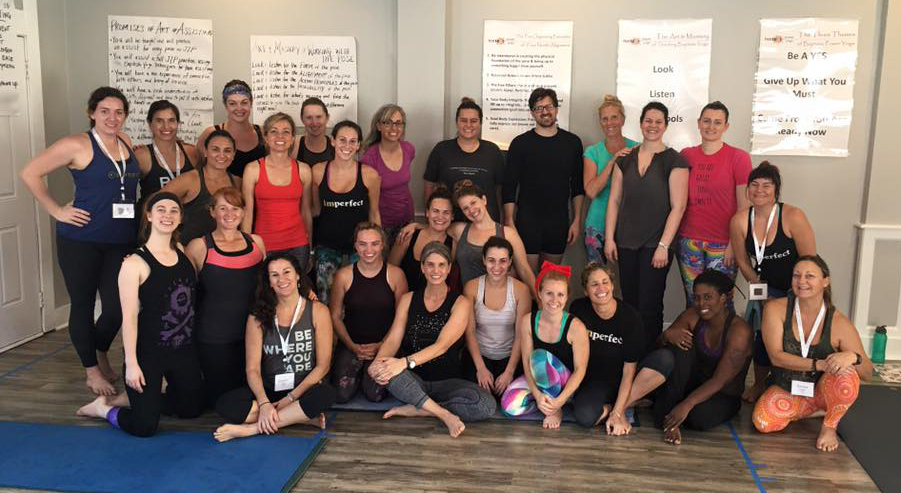

Lately though, I started to carry a little notebook with me and an hour or so before class, I sit and write out a few things about the class I’m about to teach. As a new teacher I appreciated that structure so I could manage all the other aspects of teaching. For the first several years of my teaching, I used the JIP sequence and only changed up a few things now and then and it was great. I might think about a peak pose before class or I might think about an anatomical theme and then I go into the studio and teach around that idea. It can be fun for students to practice in a way that takes them on a journey where the preliminary movements are all leading up to one pose that pulls all those movements together and it can be fun for teachers to create sequences with a peak pose in mind because it challenges our knowledge of yoga, anatomy and sequencing.įor the past many years, I have taught primarily from experience. This idea of building to a peak pose is one that as teachers, we can use when we build sequences.


The movements also give students a chance to both strengthen and stretch muscles so that when they need to use them in the peak pose, they are ready. The idea is your start students out with movements that are relatively accessible and at a pace that warms up the body. This concept of “peak pose” is probably not new to you if you’re familiar with yoga. One of the highlights of the sequence was that it built up to a peak pose: Wheel. It’s a great one and provides students with a well rounded workout. I learned it from my first teacher, Baron Baptiste, and he called it “Journey into Power.” It was standard in that it has the same sections today that it had over 10 years ago and teachers are trained to this sequence even now. For many years, I taught a very standard sequence.


 0 kommentar(er)
0 kommentar(er)
